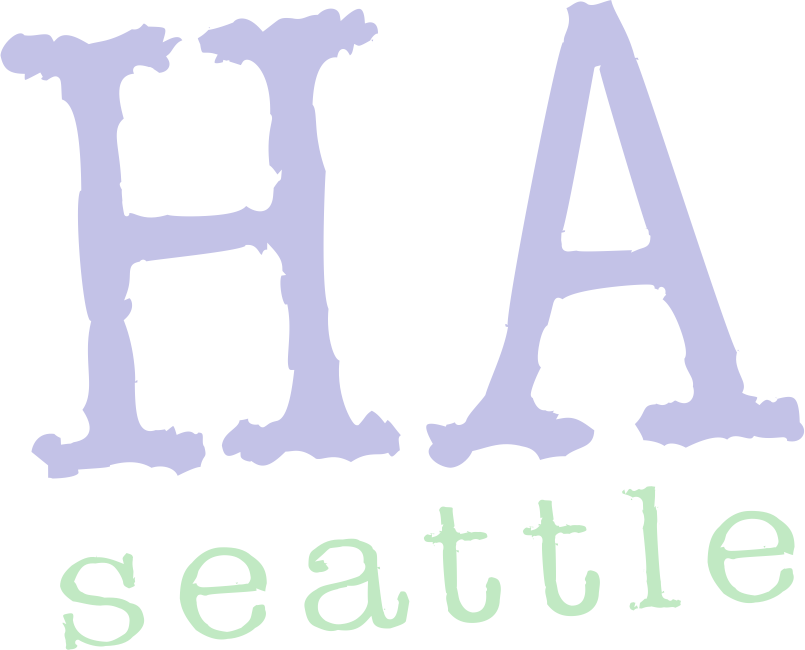AP reporter Gene Johnson has an article on the conflict brewing over Washington’s medical marijuana law:
Unlike some states, Washington requires patients to grow marijuana themselves or designate a caregiver to grow it for them. For many, that’s unrealistic: They’re too sick to grow cannabis themselves and don’t have the thousands of dollars it can cost for a caregiver to set up a proper growing operation.
So they’ve devised their own schemes, claiming to meet the letter of the law in establishing collective grows or storefront dispensaries – methods that are making police and prosecutors increasingly uncomfortable.
If one wants to take a conspiratorial stance about what happened in 2008, he or she could easily conclude that the police (through a willing legislature) intentionally fought for an overly restrictive law that was too difficult for patients to comply with in order to keep arresting authorized patients and those trying to establish ways to provide them with marijuana. In fact, I’ve heard a number of activists and patients claim this both during and after the process.
I’m not sure what the real motivations were, but the outcome is clearly a failure. When I got a chance to ask Governor Gregoire a question at Drinking Liberally last fall, I asked what she’d do if authorized patients and caregivers continued to get arrested. She said that if it happened, she’d work with the local police chiefs to address it. It doesn’t appear that she had any interest in keeping that promise, and I’d be surprised if she even remembers saying it. Police and prosecutors across the state continue to haul authorized patients and providers into court, and outside of the very progressive King County Prosecutor Dan Satterberg and a few other county prosecutors, the emphasis remains on finding ways to prosecute people rather than finding ways to respect the spirit of the 1998 voter initiative that initially legalized medical marijuana use in this state.
One problem right now with the law remains the fact that patients either have to grow for themselves (which for most people who have cancer or multiple sclerosis – or are confined to a wheelchair – is a challenge) or find a provider. An even bigger problem is that, according to the law, the provider cannot be someone who already provides for other patients. Because it’s much easier for someone who is already a provider to take on another patient than for a completely new person to learn how, the law is often violated. This is what happened in Spokane, as Johnson explains:
Washington’s law says that a caregiver can only provide marijuana to one patient at any one time. In Spokane this year, medical marijuana activists focused on that language in setting up a for-profit dispensary called Change.
Lawyer Frank Cikutovich said the business met legal requirements: A lone patient would enter the store, sign a document designating the shop as his or her caregiver, and buy marijuana. The agreement expired when the patient left and the next customer came in.
The business, raided on Sept. 10, rendered the “one patient, one caregiver” rule meaningless, Spokane police spokeswoman Jennifer DeRuwe said. She said there was peripheral crime associated with the dispensary, including robberies at grow sites and street sales from people who had purchased pot there.
“They’re dispensing to hundreds and thousands of people,” DeRuwe said. “The police department’s stand is, we want to get some guidance on this. We know it’s going to be up to the court system to provide us with that.”
Sadly, it should have been the legislature that provided that guidance. In last year’s attempts at revising the law, it could have been clarified to allow for patient co-ops or even dispensaries. DeRuwe’s concern about “peripheral crime” is nothing short of an absurdity, but it was one that appears to have influenced the debate in the legislature and led to the shortfalls we have today. Robberies at grow sites don’t happen because dispensaries exist. They happen because marijuana is illegal for recreational use. If DeRuwe was really concerned about the problem of grow site robberies – instead of just using it as a red herring for political cover – she’d be demanding that we establish regulations for the production and sale of marijuana for all adults who want to use it, not just the ones for whom a doctor has certified a medical need.
The failure of this state’s supposedly progressive majority to address what should have been a rather easy problem is a good warning to progressives about what could happen at the national level. Instead of using these majorities to enact real progressive legislation, the leaders in Olympia, from Frank Chopp to Governor Gregoire, have continuously pandered to special interests (in this case, the police unions) and dared the voters to kick them out for it. And they’ve generally been successful because outside of a few outliers like Toby Nixon and Dan Satterberg, most of the Republicans in this state are still too batshit to be taken seriously.
Vice President Joe Biden is starting to rattle some cages over the 2010 midterms. The Obama Administration and our Democratic Congress have a number of difficult tasks where the interests of the general public are pitted against more powerful interests – from health care to the environment to the regulation of our financial sector. I’m finding myself conflicted between the belief that many of the Republicans we still have in Congress are simply not in the fight for the general public at all and need to be defeated, and the worry that a growing Democratic majority will start acting like the complacent, useless one we have here in the other Washington and simply shy away from those difficult tasks.

